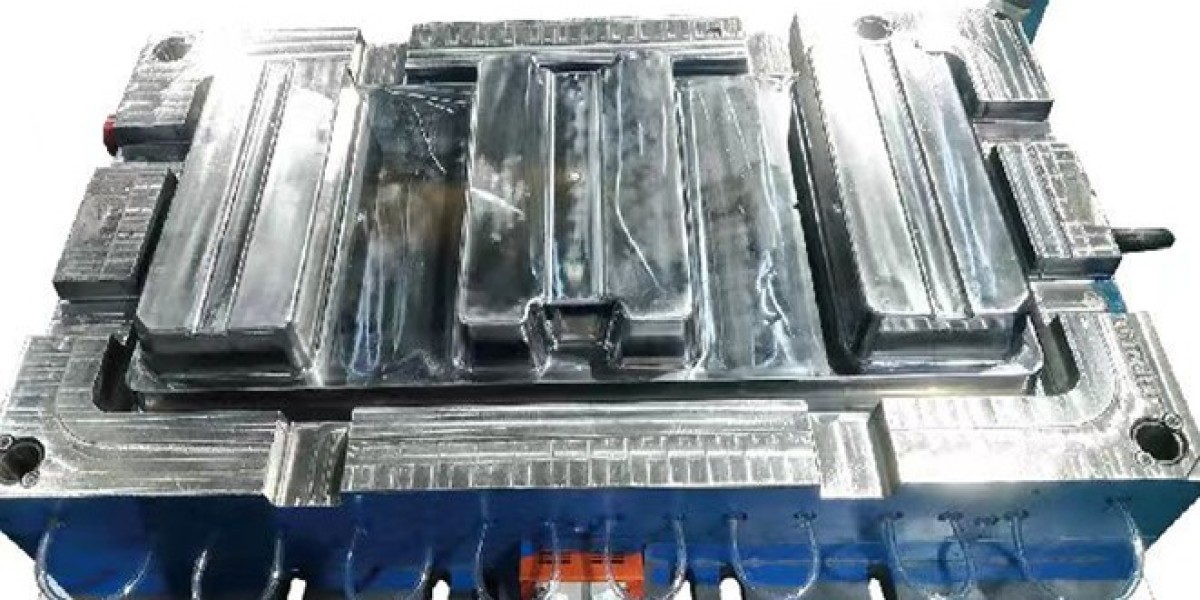The manufacturing of a spill pallet mould involves several steps, each crucial to ensuring that the final product meets the necessary safety standards and design specifications. The mould itself serves as the foundation for producing high-quality spill pallets, which are widely used in industries that handle hazardous materials.
The process begins with the selection of materials for the mould. The most commonly used materials for spill pallet moulds are metals such as steel or aluminium, as these metals offer high strength and resistance to corrosion. In some cases, composite materials may also be used for their lightweight properties and chemical resistance.
Once the material is chosen, the next step is to design the mould. This involves careful planning to ensure that the mould will produce a spill pallet that meets the required dimensions and specifications. The mould must be designed with the appropriate features, such as raised edges and a sump or reservoir, to effectively contain any spilt liquids. The design phase also considers factors like ease of production, cost-efficiency, and how the mould will be used in the manufacturing process.
After the design is finalised, the mould is created using techniques such as casting, machining, or injection moulding. Casting is often used for larger, more complex moulds, where molten metal is poured into a pre-made shape. Machining may be used for more precise or smaller components, while injection moulding is typically used for creating moulds that will produce plastic spill pallets.
Once the mould is created, it undergoes testing to ensure it functions as expected. This may include checks for dimensional accuracy, the quality of the material used, and the mould’s ability to produce the desired spill pallet. If the mould passes these tests, it is put into full-scale production.
Finally, the mould is used to produce spill pallets, which are then distributed for use in various industries. The production process continues with quality control inspections to ensure that every spill pallet produced meets safety and functionality standards.
In summary, the manufacturing of spill pallet moulds is a detailed process that involves selecting the right materials, designing the mould, and ensuring that it meets the necessary standards for producing durable and effective spill pallets. By following this process, manufacturers ensure that the spill pallets produced are capable of safely containing hazardous materials in industrial settings.







